Dinosaurs are animals from ancient times. We don’t know what they looked like. Through scientists’ reconstructions, we have a rough idea of what they looked like. What exactly did dinosaurs look like? Next, the editor will take you to see ten strange bodies. Plant dinosaurs.

1. Showgnathosaurus
smallest known dinosaur
Showognathus is a small and exquisite species in the dinosaur family, with similar characteristics to Coelophysis. Its adult body is 75 centimeters long from the front of the head to the tip of the tail, and its trunk is only as big as a hen. It is undoubtedly the smallest member of the dinosaur family. This dinosaur lived in the Jurassic.
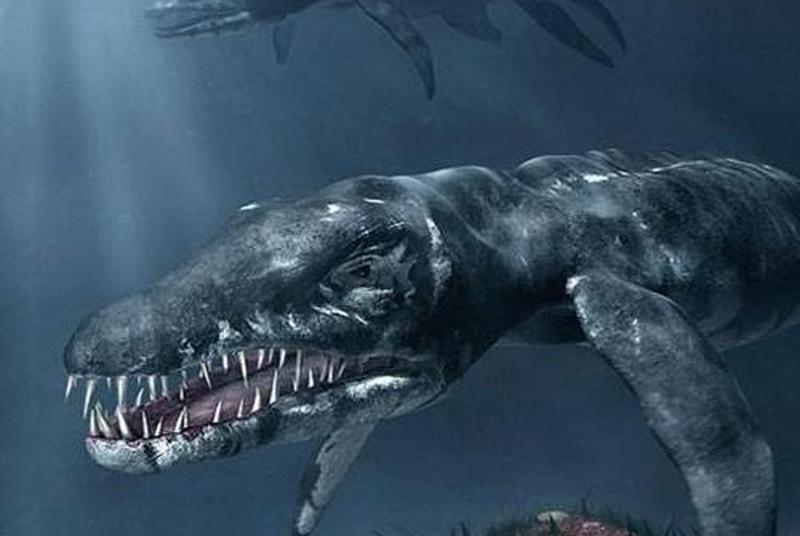
2. Liopleurodon
marine dinosaur
Liopleurodon means "smooth side teeth". It is a carnivorous marine reptile belonging to the short-necked pliosaur suborder of the order Plesiosaurs. Liopleurodon lived in the Callovian stage of the Middle Jurassic, about 160 to 155 million years ago. Liopleurodon was a marine reptile whose stocky figure was propelled by four medium-sized paddle fins during the late Jurassic period.
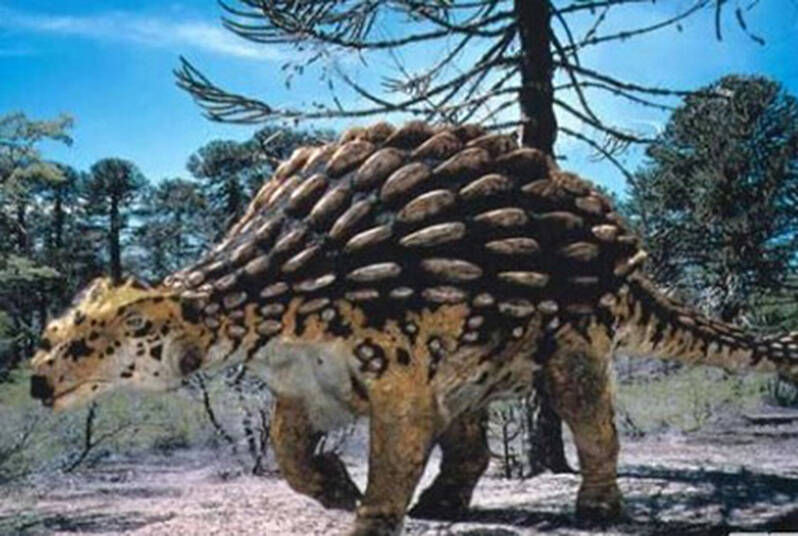
3. Ankylosaurus
armored dinosaur
The body length of Ankylosaurus can reach 10 meters, with a wide body and a short neck; its limbs are short and strong; its feet are short and wide, with 5 fingers on the front feet and 4 toes on the hind feet. The fingers (toes) have hoof-like claws at the ends, suitable for land activities. The most obvious feature of Ankylosaurus is the carapace on its back, which is composed of thick convex rocks and bone plates, often called intradermal osteogenesis or scales, and is deeply embedded in the skin.
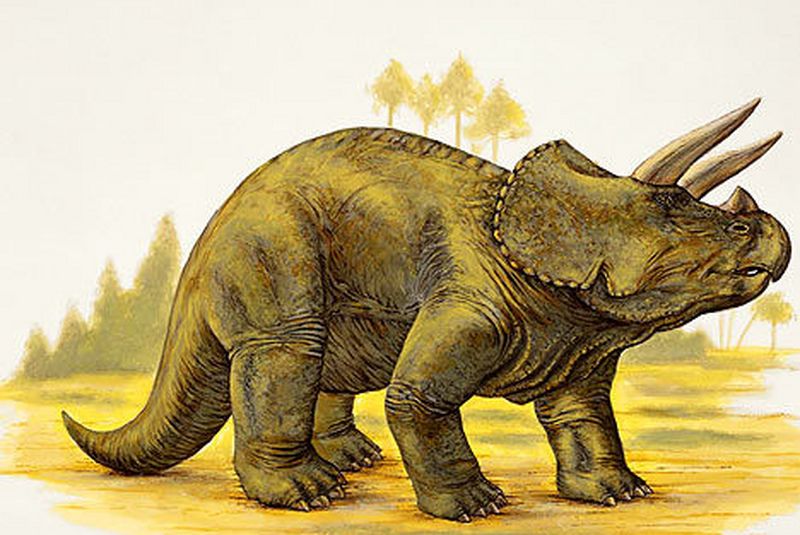
4. Triceratops
The last dinosaur before the Great Annihilation
This was one of the last dinosaur species to appear before the Great Annihilation. Triceratops were four-legged animals with a large bony frill and three horns that looked somewhat similar to modern rhinos. Triceratops is a very friendly and familiar dinosaur to people who like dinosaurs. Triceratops is also a giant species in the genus Ceratops, with a body length of more than 9 meters.
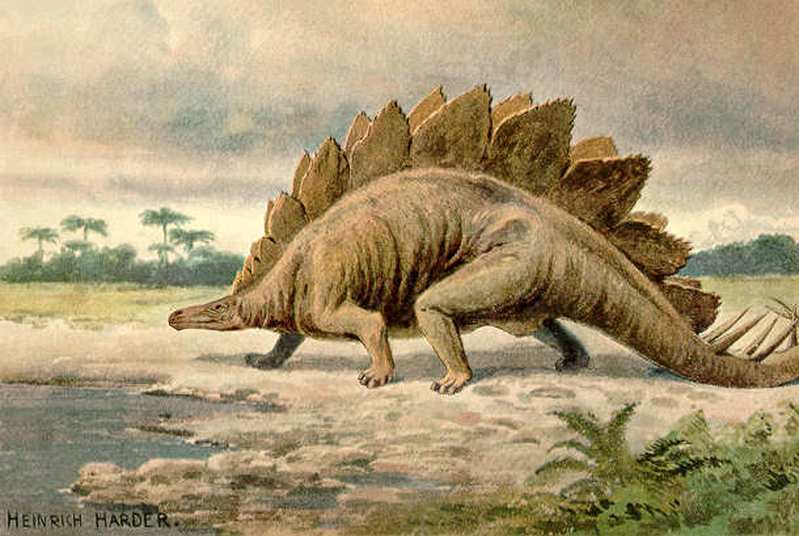
5. Stegosaurus
spiny dinosaur
Stegosaurus is a huge dinosaur, a herbivorous animal that lived in the late Jurassic and early Cretaceous periods. It has a row of huge bony plates on its back and a dangerous tail with four spikes. To protect against predators, it is about 12 meters long and 7 meters high and weighs 4 tons. Research suggests that they lived on the plains and lived together with other herbivores (such as Lianglong) in a nomadic herd.
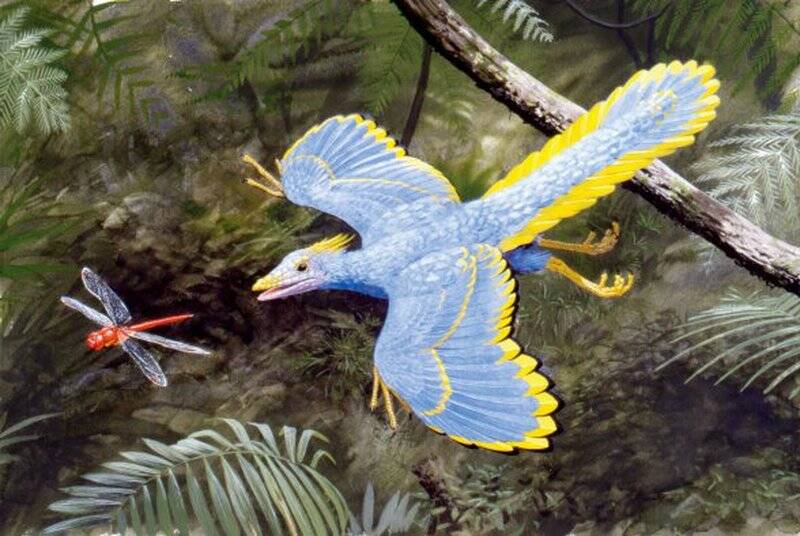
6. Archaeopteryx
the only bird dinosaur
Archeopteryx is a small dinosaur that lived in the late Jurassic. It belongs to the order Deinonychus and represents a primitive type of Deinonychus. It was originally discovered that Confucius Bird and Liaoning Bird were born earlier, and their names mean "ancient feathers" or "ancient wings" in ancient Greek. Paleovertebrates, with a bird-like head, claws and wings, some ability to fly, teeth, and a very long tail (up to twenty tail vertebrae) composed of multiple tail vertebrae.

7. Chinese dragon bird
The most colorful dinosaur
Sinosauropteryx lived in the Early Cretaceous, 140 million years ago. Its fossils were discovered in the Jehol Biota in western Liaoning, China, in 1996. At first, it was thought to be a primitive bird and named "Sinosaurus". Later, scientists confirmed that it was a small carnivorous dinosaur. Sinornithes is the first non-avian dinosaur to be found with feathers in its fossils, and the first non-avian dinosaur whose feather color has been determined.

8. Fragile double-chambered dragon
largest known dinosaur
Amphilaeus fragilis was excavated in 1877 by fossil collector Oramel Lucas hired by paleontologist Edward Drinker Cope. Lucas discovered this part of the spine (neural arch and neural spine) in the North Garden Park of Canon City, Colorado, USA, close to the mine where Camarasaurus was discovered. There is no doubt that Amphilaeus fragilis is the longest and heaviest dinosaur in history, and its maximum weight is even larger than the blue whale.
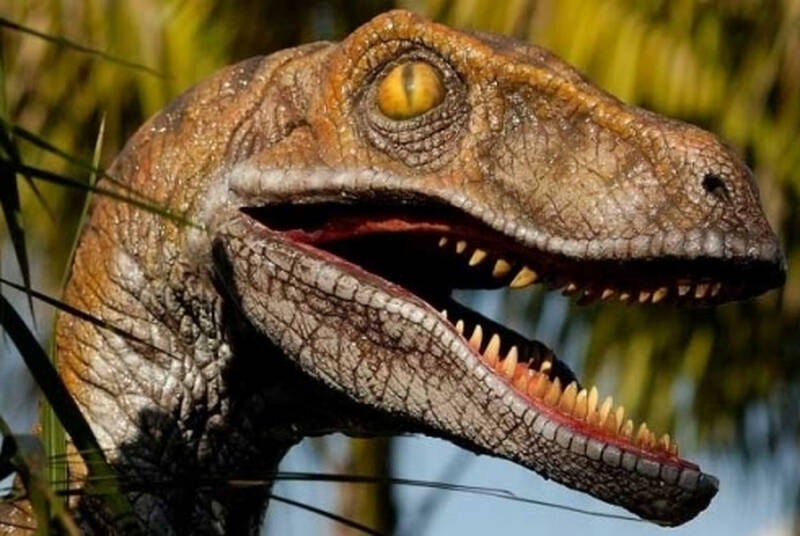
9. Athlon
Birds of prey
Velociraptor means "fast lizard" and is a species of Ceratosaurus dinosaur that lived in Argentina during the Cretaceous. The velociraptor was probably about 4 feet long. So far, only the bones of the hind legs have been found. The hind legs and soles show that they were suitable for running, so they were named velociraptors. The velociraptor's head, which can grow up to 9.8 inches long, has a unique inverted arc shape, with the upper surface concave inward and the lower edge convex outward. There are 26-28 wide teeth in the upper and lower jaws, and the teeth on both sides are sharper than the incisors. This may be to adapt to its ability to hunt fast prey.
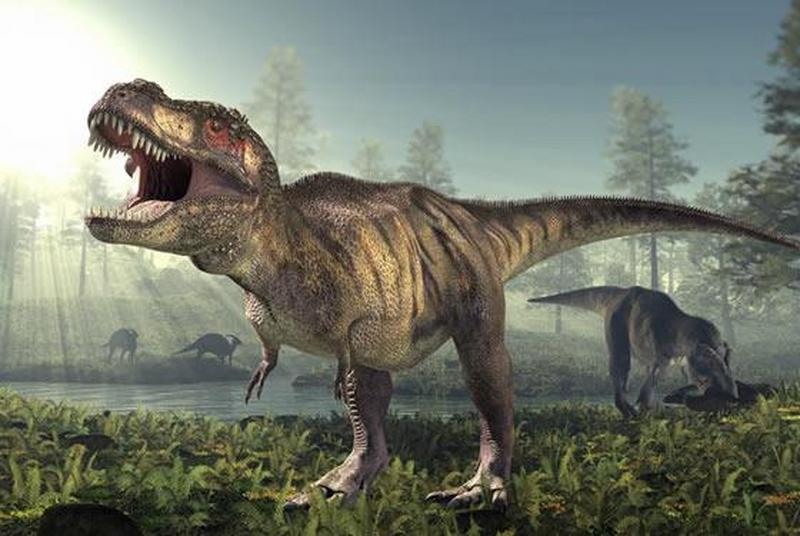
10. Tyrannosaurus rex
king of dinosaurs
Tyrannosaurus rex, also known as Tyrannosaurus, the English name Tyrannosaurus Rex, the name means the brutal lizard king. It is one of the largest carnivorous animals in history and the most famous carnivorous dinosaur. It was the overlord of North America at the end of the Cretaceous period. It is one of the latest species of dinosaurs discovered, with an average body length of 12 meters and a maximum length of 14.6 meters. The average hip height is 4 meters, and the highest hip height is more than 5 meters. With an average weight of 8.8 tons and a maximum weight of 14.85 tons, it is the second heaviest carnivorous dinosaur.
animal tags: Dinosaurs ancient inventory Showgnathosaurus Liopleurodon Ankylosaurus Triceratops Stegosaurus Archaeopteryx Sinosauropteryx Velociraptor Tyrannosaurus Velociraptor
We created this article in conjunction with AI technology, then made sure it was fact-checked and edited by a Animals Top editor.